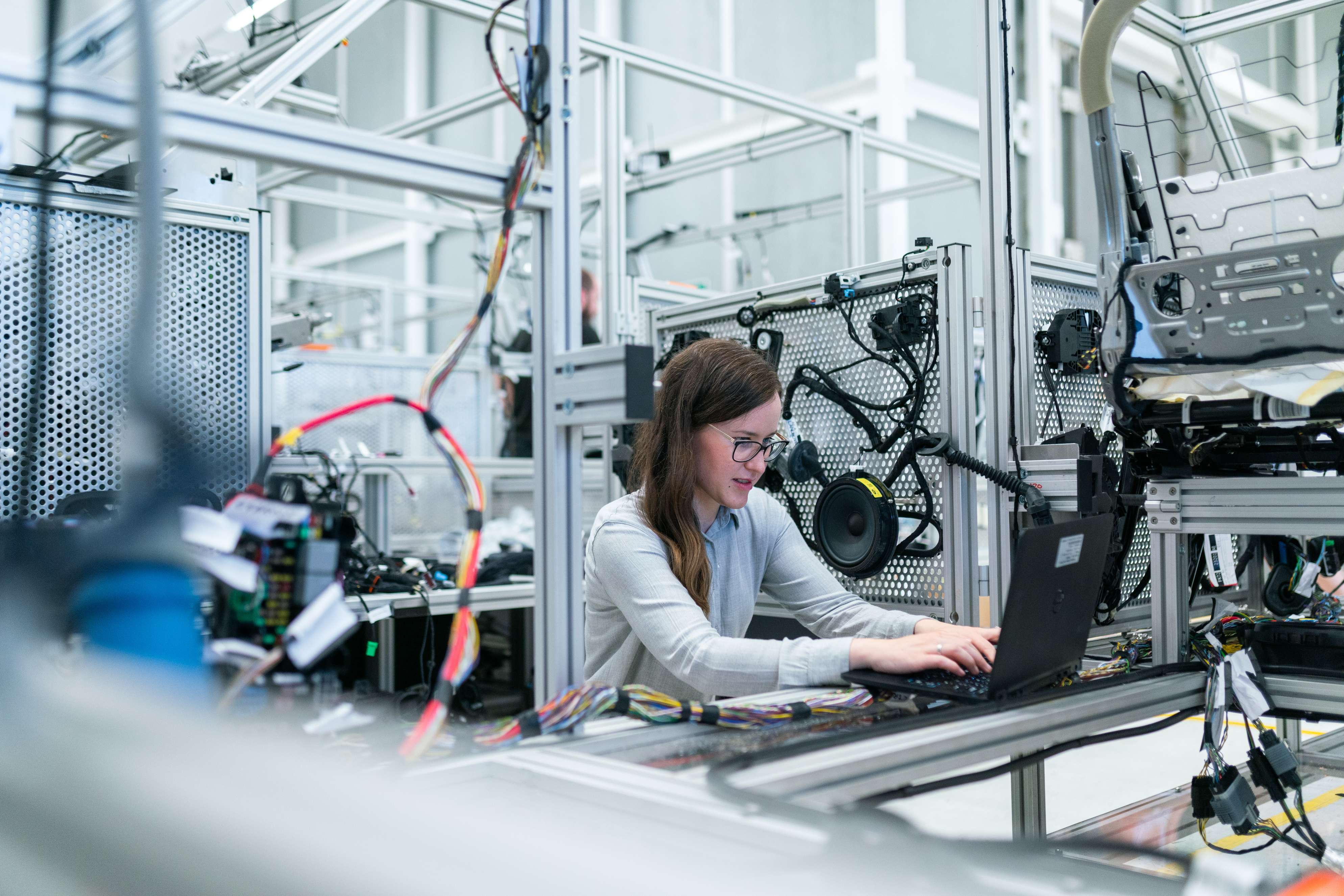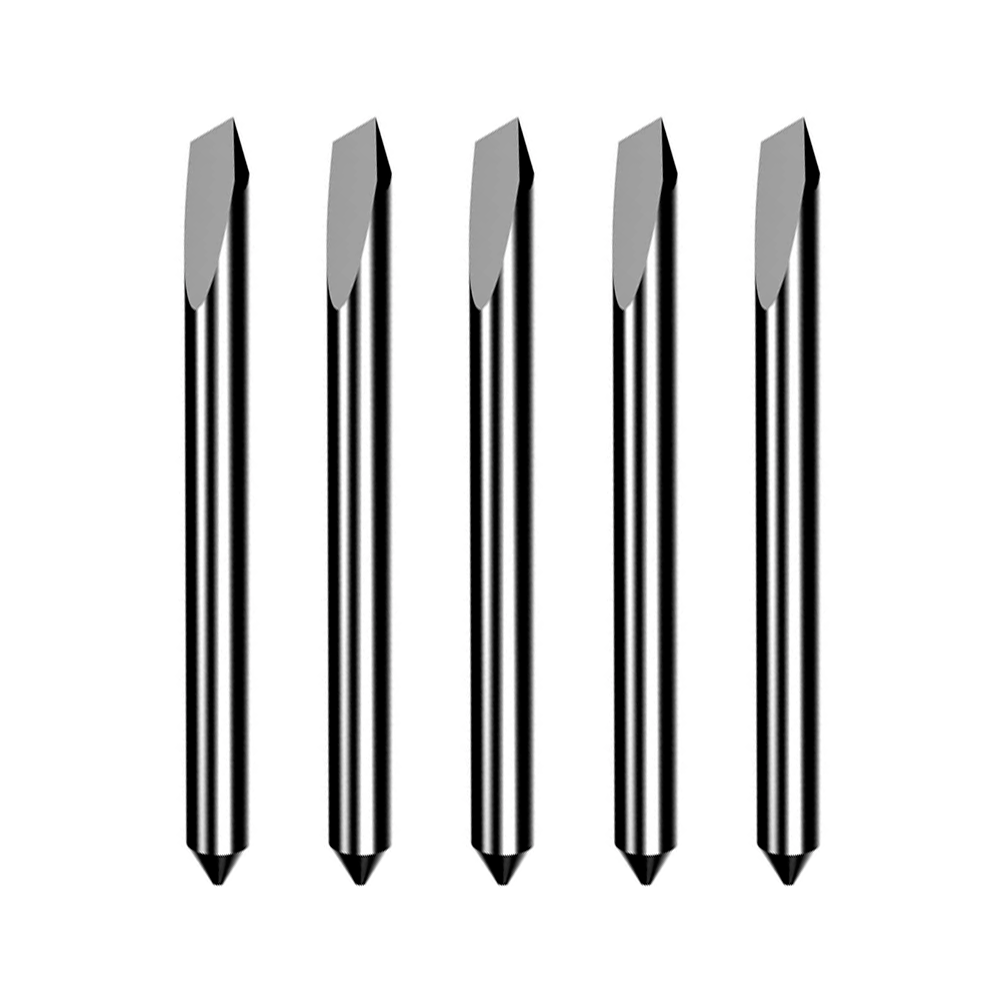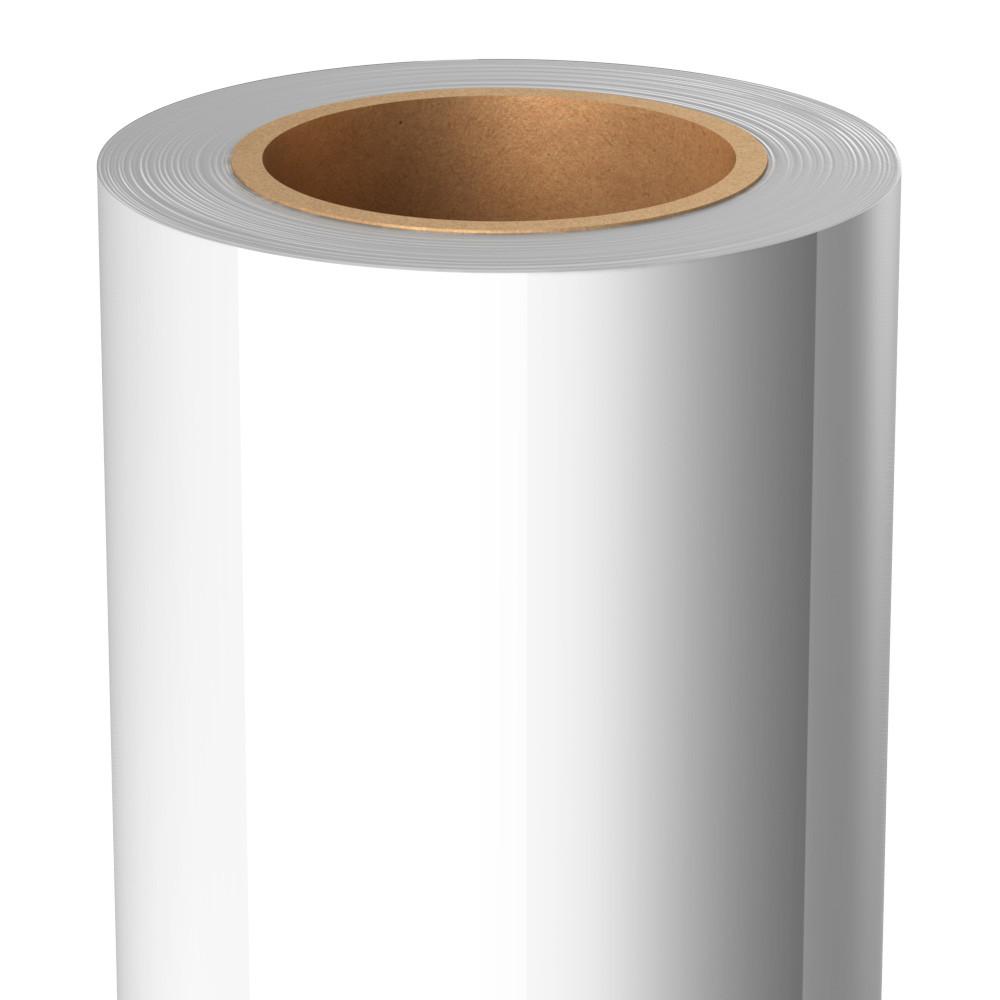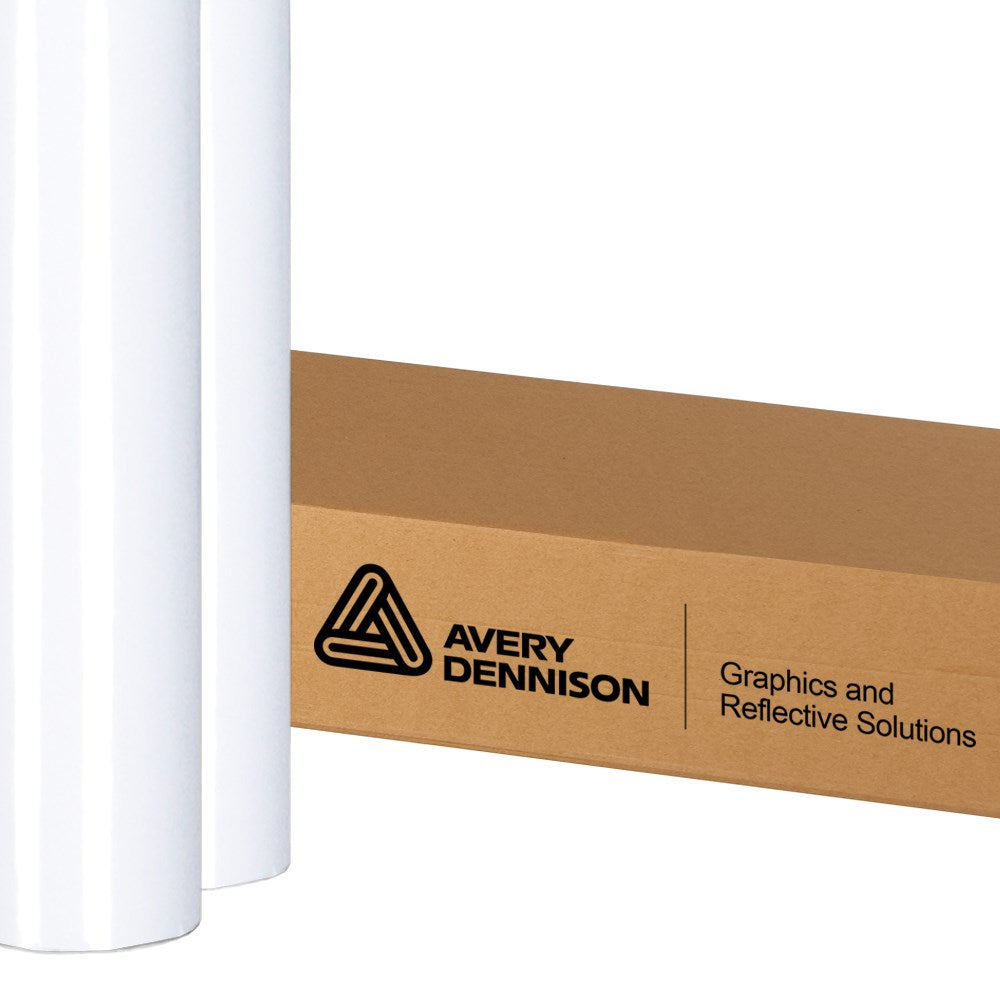Die-cutting refers to the process of cutting a material using a die press. It is typically a part of mass-scale printing, packaging, and signage work. However, the die (blade) is custom-built and different for each process.
If you're starting out as a sign-making business, die-cutting machinery will be one of your biggest investments. It's important to know which type of die cutter is the most suitable for your projects.
Flatbed cutting systems are not offered in types, but we do have another type of die-cutter–the rotary die-cutter. Let's explore the differences between a flatbed die cutter and rotary die cutter.
What Is a Flatbed Die Cutter?
A flatbed die cutter is a hydraulic machine with a flat surface that can be used to cut flat materials with the help of blades. As the material moves through the feeder, the die cutter presses the blade into the material to create the desired shape. This results in a straight cut with no curvature.
A flatbed die cutter is also used when:
- Materials are thick
- Materials come only in a flat sheet
- You have a low number of deliverables
Flatbed die-cutters are also cheaper than other options in the market. However, there are downsides to using a flatbed die-cutter. During the cutting process, it presses the blade into a material and then lifts it up. This particular break in movement wastes a lot of time and slows down the production rate. Plus, it cannot laminate, print, or perforate a material.
What Is a Rotary Die Cutter?
As the name suggests, a rotary die cutter has a cylindrical structure with multiple integrated blades. This means it cuts material in a continuous circular motion.
The raw material is also fed to the rotary cutter at a high speed. When high speed is combined with non-stop rotation, this type of die cutter is able to produce massive quantities quickly. No production time is wasted, which makes it a popular choice amongst manufacturers.
Some other reasons to use rotary die cutters include when:
- The product needs to be thin
- The design is complex and intricate
- The order quantity is huge
- The product must have a kiss-cut
However, one downside is the rotary die cutter comes with a hefty price tag. You want to have a customer base that can justify the cost of a rotary die cutter.
Flatbed Versus Rotary Die Cutter: Key Differences
Now that we have discussed the main types of die cutters, let's summarize their key differences below:
- A flatbed die cutter makes only straight cuts, whereas a rotary die cutter is capable of both straight and curved cuts.
- A flatbed die cutter is suitable for thick materials, while a rotary cutter is better for thin materials.
- Rotary die-cutters can handle basic and complex designs easily, whereas flatbed die-cutters are good at only basic ones.
- The continuous movement makes the production rate fast in rotary die-cutters. Flatbed cutters, on the other hand, have a slower production rate.
- Flatbed die-cutters are more difficult to set up than rotary ones.
- Flatbed die-cutters are capable of grouping the cuts closely so that waste is reduced. This is something rotary cutters can’t do.
- Rotary die cutters are multi-purpose. They can laminate, print, perforate, and kiss-cut, whereas flatbeds only cut.
- While rotary die-cutters are suitable for bulk orders, flatbed die-cutters are best for smaller orders.
- Flatbed die-cutters are less expensive than rotary die-cutters.
Which One Should You Choose?
Both flatbed and rotary die cutters have unique purposes, which is why it’s important to assess your business needs when choosing between the two types. If you plan to stick to flat products and have limited capital, a flatbed die-cutter would be suitable. However, if you plan to extend to kiss-cutting and other procedures, a rotary die-cutter will turn out to be a better investment.
For more helpful cutting information, be sure check out our latest posts on flatbed cutter Coroplast and cutting a plastic corrugated board!






